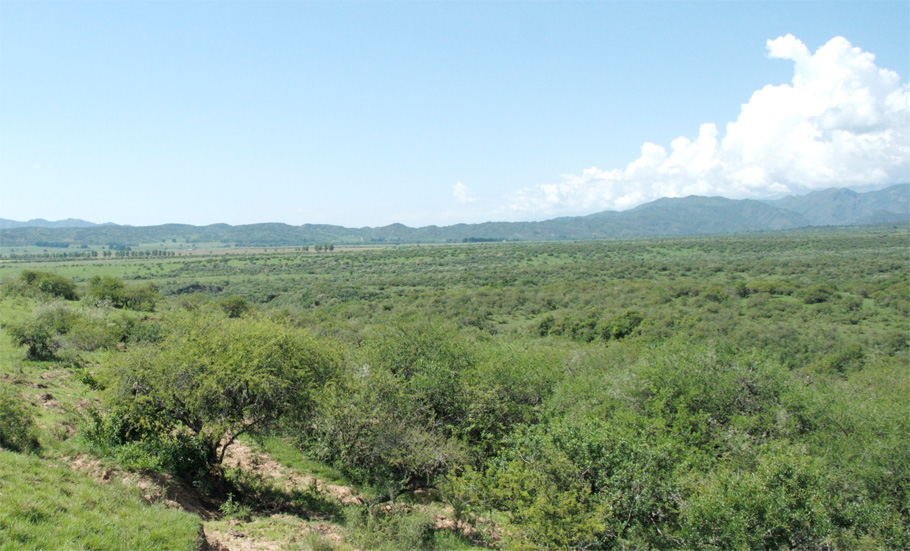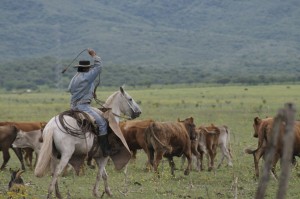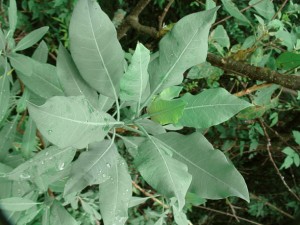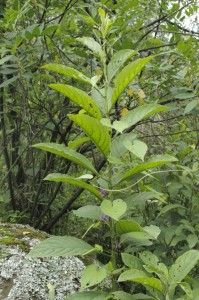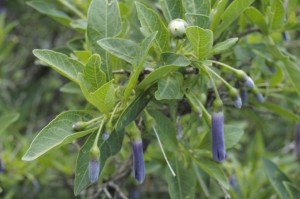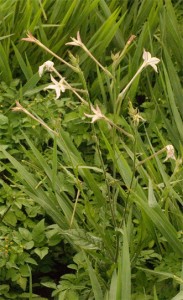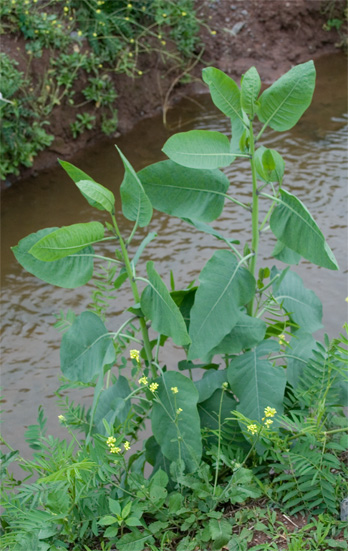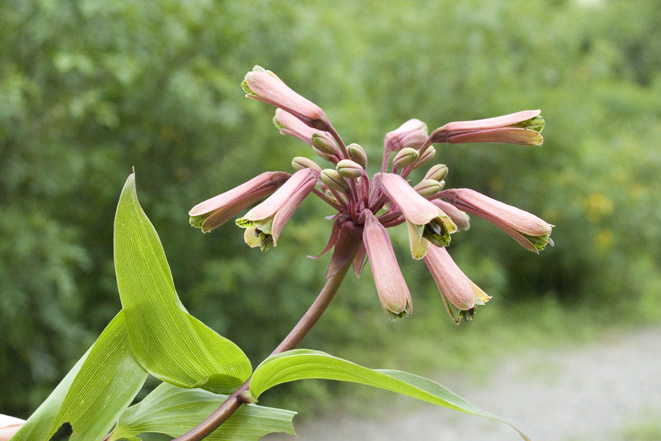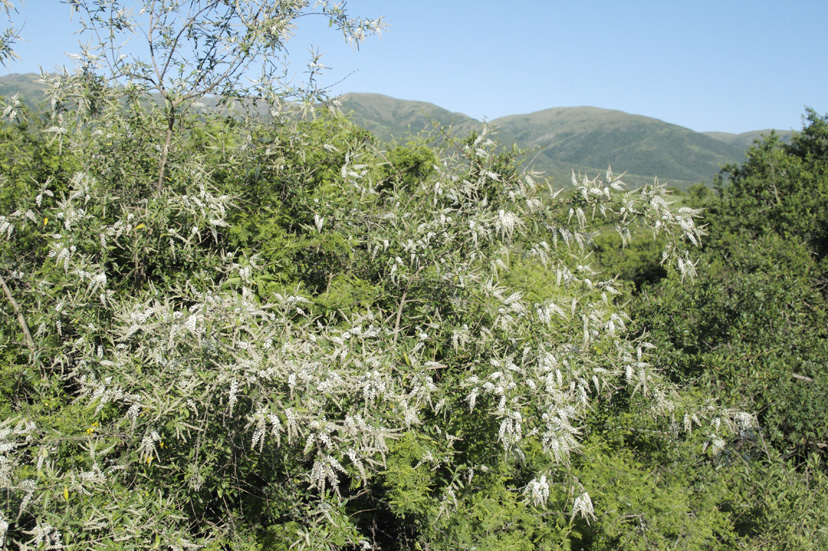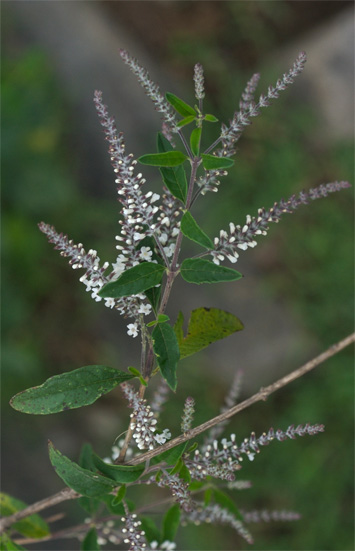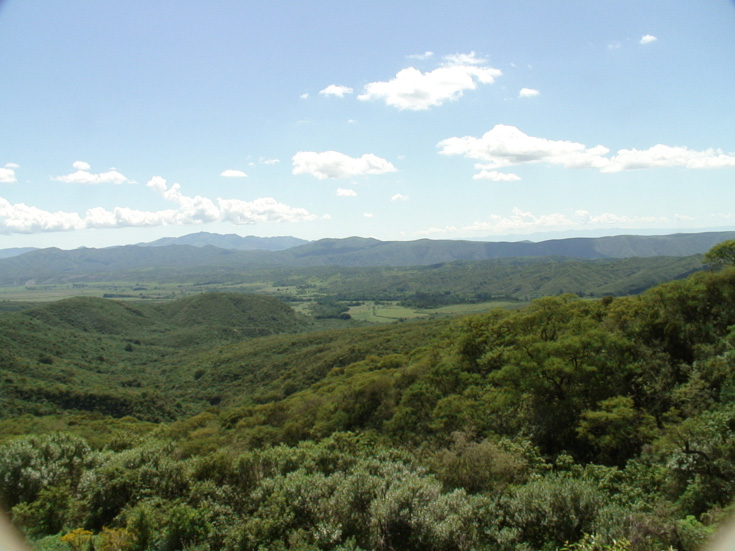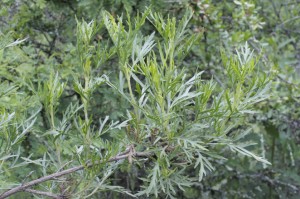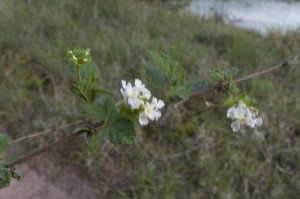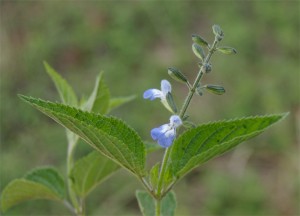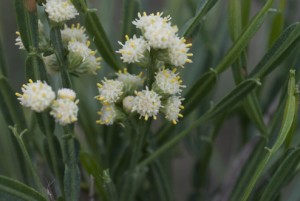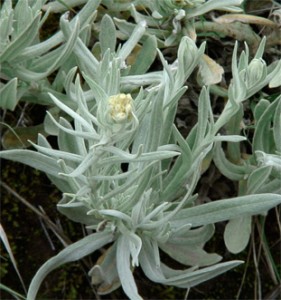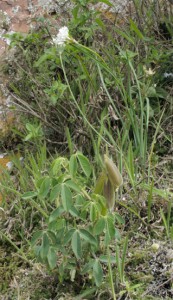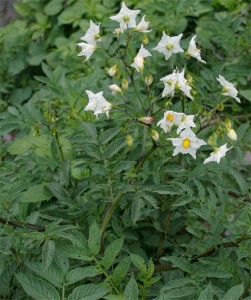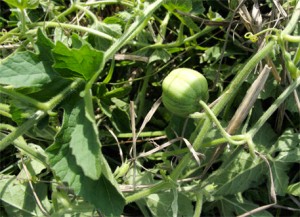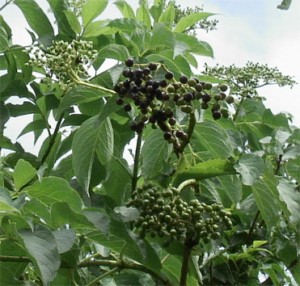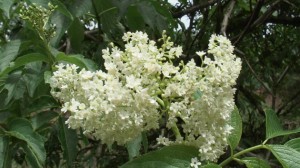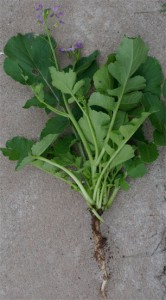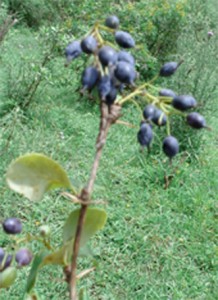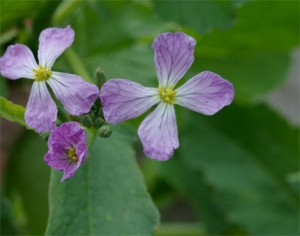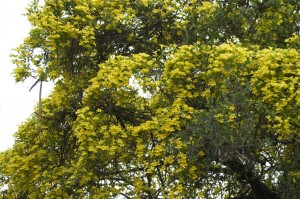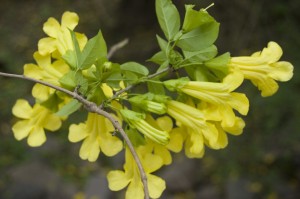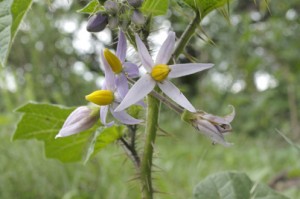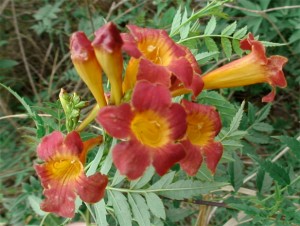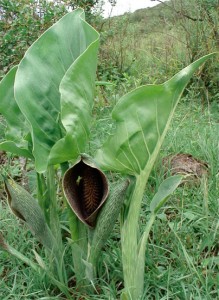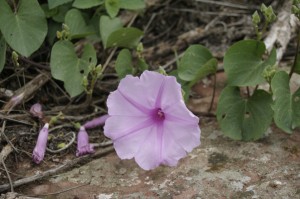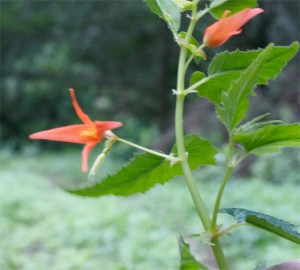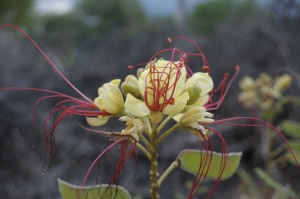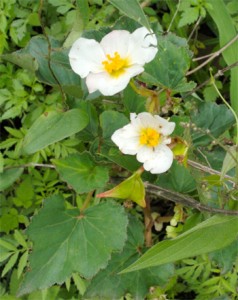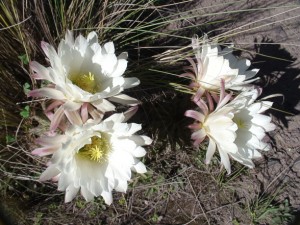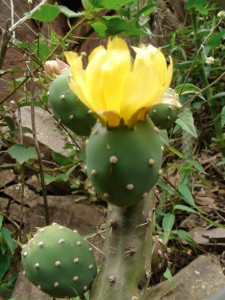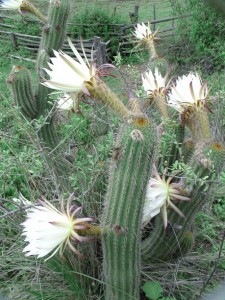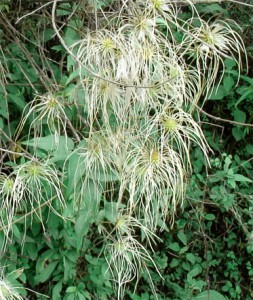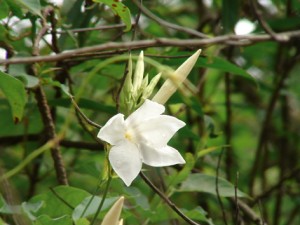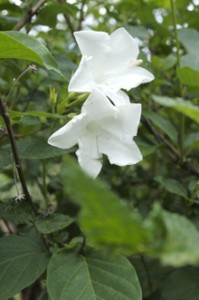Good Business is Carbon
April 7th, 2009The French carbon compensation business ignores crisis…
This year they have doubled their price : 20 euros, the ticket to compensate your ton of carbon will cost you now double. Fair enough. While doing so their budget has raised by 270% ; it is now 1,8M Euro.

What do they do with such a budget ? According to their yearly budget just released, they start biomass project in developing countries, recycling agriculture waste and compost with worms … fantastic, it looks like they are in the good path, they have learned from their previous projects.
But sadly on the other hand, they continue to praise their collaboration with the French Forestry institution ONF international, to plant eucalyptus in Chile on the land of the Mapuche Indians… a project which will lead to the desertification of the soil which will be sterilized by the essential oil of the eucalyptus, forbidding all cultures to cast famine in the end.
As a reminder, eucalyptus is a tree native from the arid steppes of Australia which will tend to recreate its’ original biotope everywhere it grows : it sucks 700l a day and sprays its’ essential oil with its’ bark land leaves to sterilize all surrounding soil to avoid the growth of any plants. A monoculture of eucalyptus is fatal to neighbouring cultures and in association with pyrofile resinous like Aleppo pine trees, it becomes criminal. Remember the spectacular fires of Galicia not so long ago …
Back to our French institution which compensates carbon. In India they take action this year with Geoecoly Energy Organisation :
They distribute pyrolise oven to 5000 families in Andra Pradesh : these oven work with the methane of wood and agriculture waste. A great thing to save carbon emissions.
But then they dig in the residues of carbon… taking as example the terra preta do Brasil they hope to multiply by 8 the agricultural production… How can one compare a soil which has been made by millions of years of deep forest to simple soil in which you dig in carbon ?
One must never dig carbon into a soil : it kills all the oxygenated bacteria by asphyxia, thereby hindering the crops which in India can quickly cast hunger. This is probably what the person they are sending there from France during one year will see.
The solution to avoid all this ? Simply by composting this carbon and once done spraying it on top of the soil in case the soil needs it. How to know if the soil really needs it ? By observing the bio indicator plants.
In fact they only need to make a technology transfer from their project of lombricompost, composting with worms, which they just have initiated in North India… Not very complicated indeed, but maybe they are not aware of what they are doing …
Hopefully their action is still very limited ; in fact, acre wise, we are talking of some 100 acres in Chile… In India 5000 families can live on 500 acres, it is not mentioned in their report… In Colombia they have to buy the land before giving it back to their former Indian owners 300 acres this year.
Hopefully their operating costs are high, their verification and checking costs have raised above previsions ; as they send people, trainees and agriculture engineers around the world, in India, Colombia, Peru, Madagascar to double check … All this to allow French big corporations (I give you this link as it supplies a very usefull devise to calculate your own carbon footprint) to compensate all the carbon emissions of their head office which is very good.
But let be serious for a while ; les foodingues in Northern Argentina are transforming a traditional agricultural site of 100 000 acres in natural agriculture : no tilling, no chemicals, so almost zero carbon emissions ; while at the same time transforming it into sylvo agriculture, which is to say planting millions of trees in rows on all the agricultural site to fertilize, create buffer climate zone to attract rain and fight against erosion. All the trees are native and they are planted in a permaculture way with lianas of local medicinal plants in order to increase the crops, as well as the carbon clusters.
